Should I eat real food or sports nutrition products for cycling? A look at what's best for fuelling a ride, and whether ultra-processed items are an issue
Gels or jam sandwiches, carb powder or flapjacks?
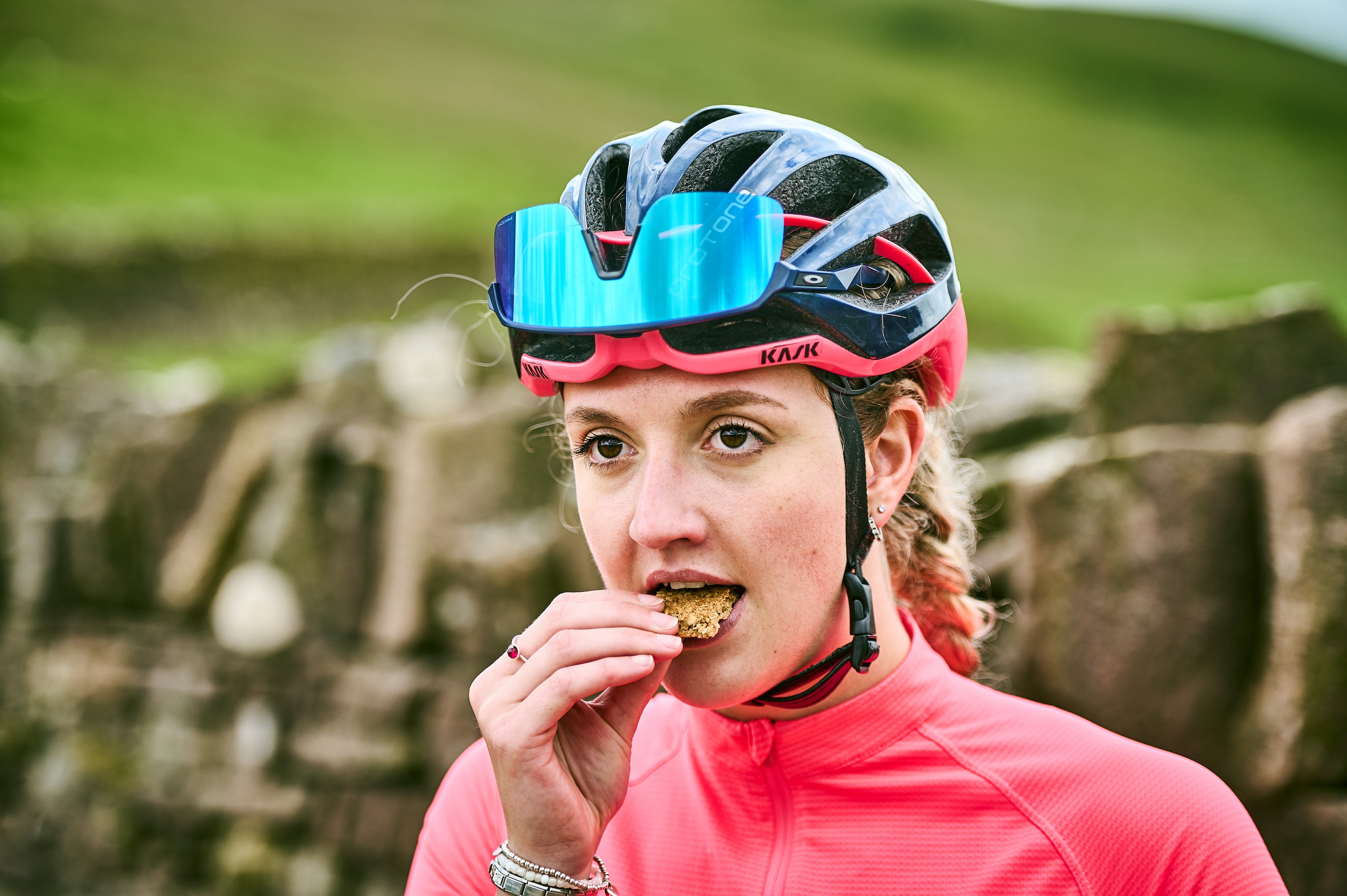

Cycling is full of rites of passage, whether it’s falling over sideways outside a crowded pub garden in clipless pedals or, on a more positive note, riding your first century. Somewhere along the line, you're also likely to experience the bonk for the first time. Often memorable but never fun, it's a need for food, or sugary drink, that goes way beyond hunger or thirst – rather, it's a feeling of having been hollowed out and completely drained of energy.
The usual remedy involves repairing to the nearest garage forecourt and consuming your bodyweight in confection and sugary drinks. Once you’ve experienced it, you’re unlikely to forget the importance of fuelling your riding – and what happens when we don't consume enough. The idea for sufficient energy is obvious enough, but there is a vast array of options on where exactly that energy comes from. Should we choose 'real' food – bananas, home-made flapjacks and the like – or pre-packaged sports nutrition, gels and powdered drinks?

A lifelong cyclist and cycling fan, James's racing days (and most of his fitness) are now behind him. But he still rides regularly, both on the road and on the gravelly stuff. James is feeling vindicated in his lifelong faith in chocolate milkshake and sarnies.
Some riders stick rigidly to a fuelling plan, at least for certain sessions. But if, like me, that just sounds too much like being organised, your reality is probably closer to simply grabbing whatever is at hand. There's a banana in the fruit bowl? Great. One last gel in the pack? Lovely – into the back pocket it goes. Just to complicate matters, modern nutrition science is calling into question how exactly to classify foods as ‘real’ or not.
If you're planning to fuel your ride with multiple petrol station forays, a lot of what you might be stocking up on has come to be known as UPF – ultra-processed foods. This is the sort of stuff that has long lists of ingredients, many of which are a far cry from anything you'll find in your kitchen. This type of food comes in a packet, and is increasingly being implicated in global health concerns (see panel) – and can’t be considered ‘real’ in any meaningful sense. The same goes for almost all sports fuel products: they fall under the UPF umbrella too.
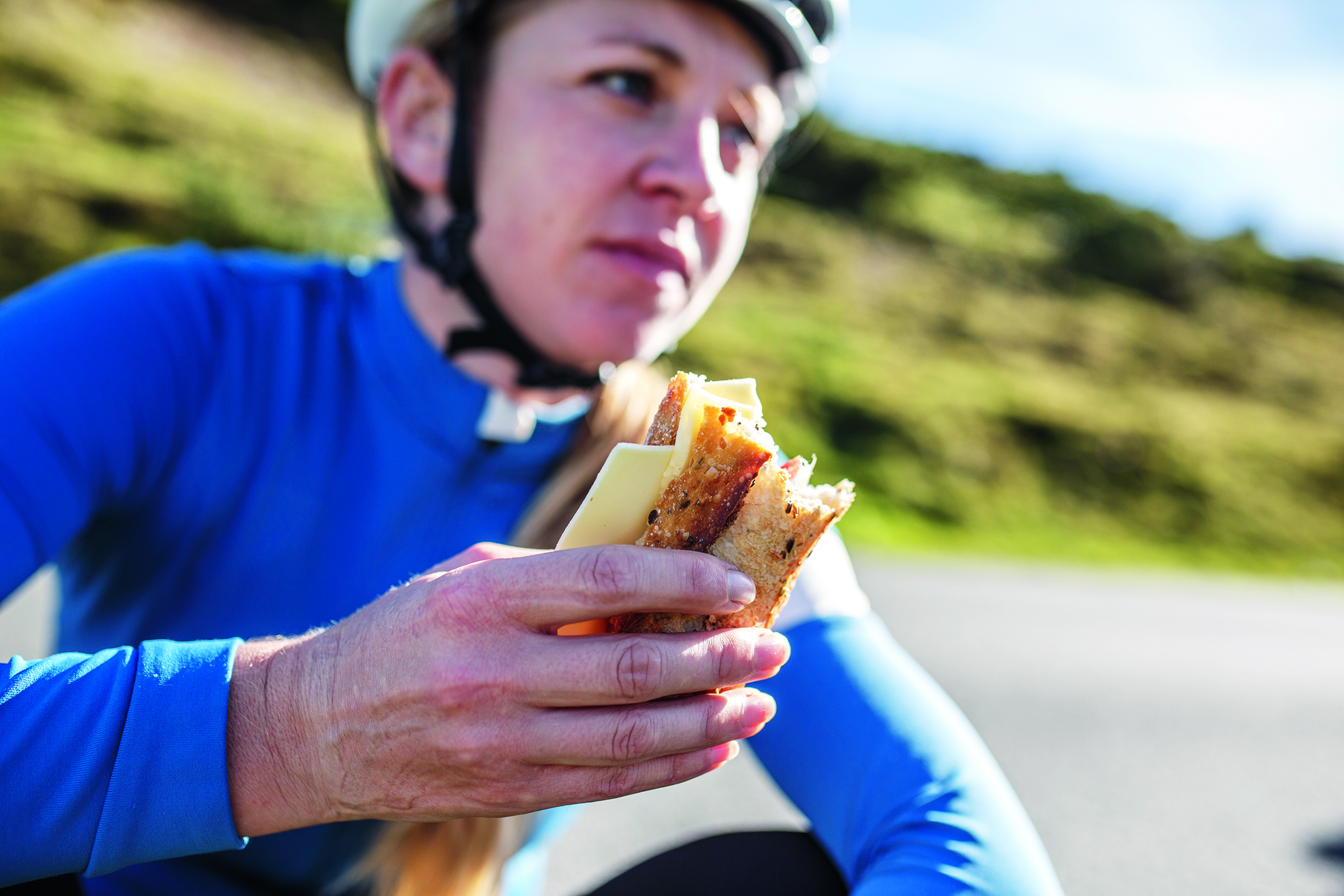
There are, of course, different reasons for choosing one type of fuel over another – among which health is only one. Expense is certainly one of the chief reasons riders might choose non-sports food. With gels costing between £1.50-£2 each, even when bought in bulk, the outlay quickly mounts. In its favour, sports fuel is widely regarded as the most efficient way to deliver high energy loads rapidly into your bloodstream, which might mean you consider it a worthwhile expense.
Ida Bergsløkken is a performance nutritionist and former performance chef at EF Education-EasyPost who advocates using both real and sports nutrition in combination. "I see real food as super important as a baseline for everyone, whether you're a top-level [athlete] or an amateur," Bergsløkken says. "Everyone needs a certain amount of micronutrients and with sports food, you're just thinking about carbs, proteins and fat – you're not necessarily getting the magnesium, zinc, B-vitamins, etc, that you need.”
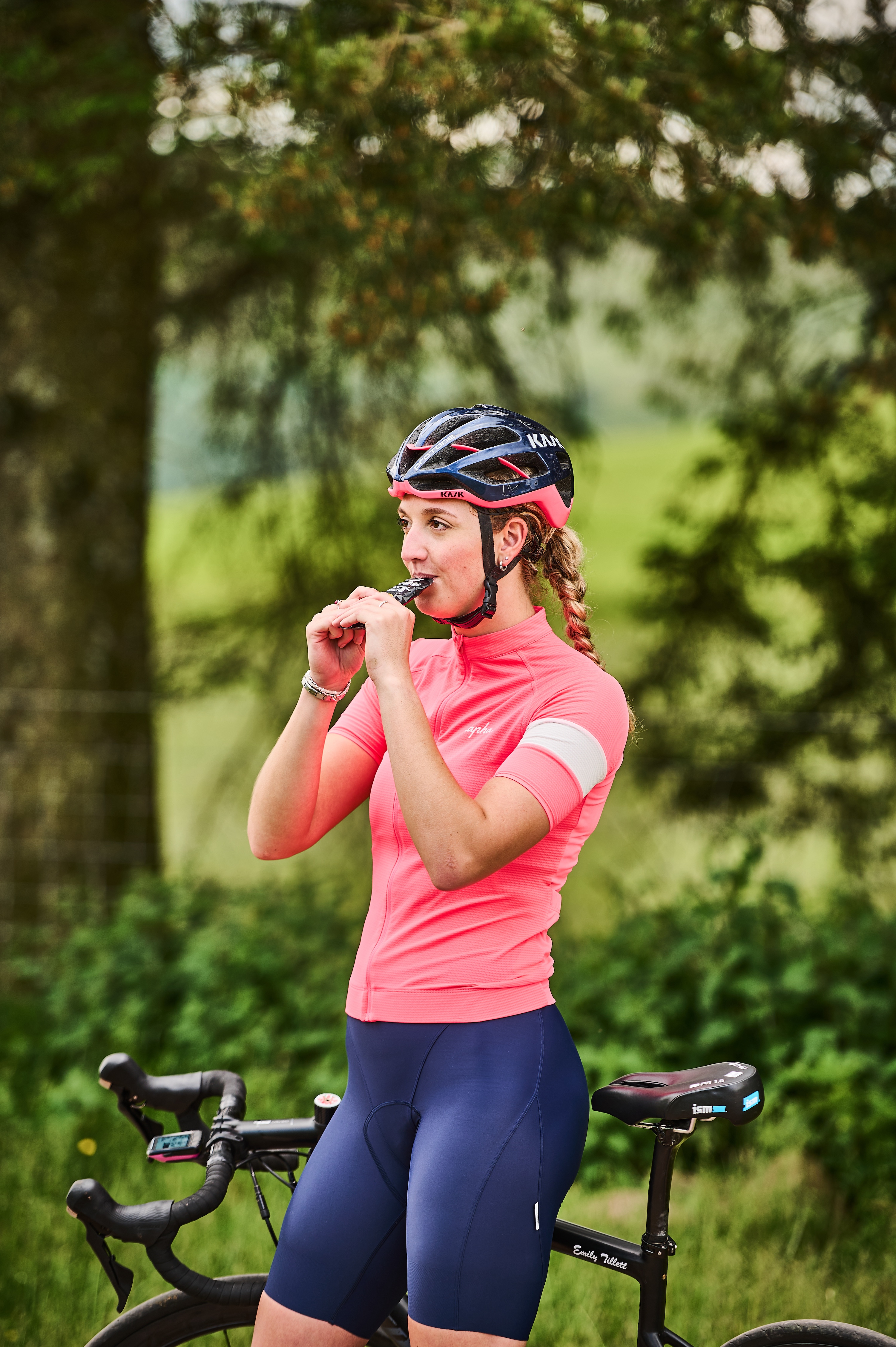
On the issue of sports fuel being classified as ultra-processed, Bergsløkken emphasises that most of the food we eat should be unequivocally real. "Everyone should make a bigger effort to prepare meals using real food,” she says, “and then the [relatively small quantity of ultra-processed] sports nutrition in itself wouldn't really be a problem." For hard training, Bergsløkken advises that it is hard to beat dedicated sports nutrition for getting energy to the muscles as efficiently as possible.
The latest race content, interviews, features, reviews and expert buying guides, direct to your inbox!
"If you do a hard interval session, you’d not want to be trying to eat a flapjack. You would want a drink or gel. If it’s once or twice a week, its being ultra-processed is not an issue. The problem comes if you consume lots of sports drinks and gels, and then don't eat proper food at home. If you only eat fast food meals, then you're in for really big trouble."
That trouble, explains Bergsløkken, may manifest in the form of sub-optimal mitochondrial health. Mitochondria are the powerhouses of the cells and crucial in athletic performance. Too many UPFs may also result in a lack of vitamins and magnesium, and the antioxidants that help buffer training stress. That’s not to say the occasional takeaway spells disaster. "In the end, what you do most is what's going to matter," says the nutritionist.
As most cyclists know, taste fatigue on long rides can be a real problem. After four or five hours of hoovering up the sweet stuff, many riders find themselves desperate for something savoury. This is why pro riders are often supplied not just with gels and drinks but also with savoury rice cakes or paninis. Someone who is used to prescribing fuel for the longest rides is endurance nutritionist Jill Mooney (BarrUltra.com), who concisely says, "the fastest way to a DNF is through the gut." Though some of the riders Mooney works with do use gels and bars, she is a strong advocate of real foods, both on and off the bike.
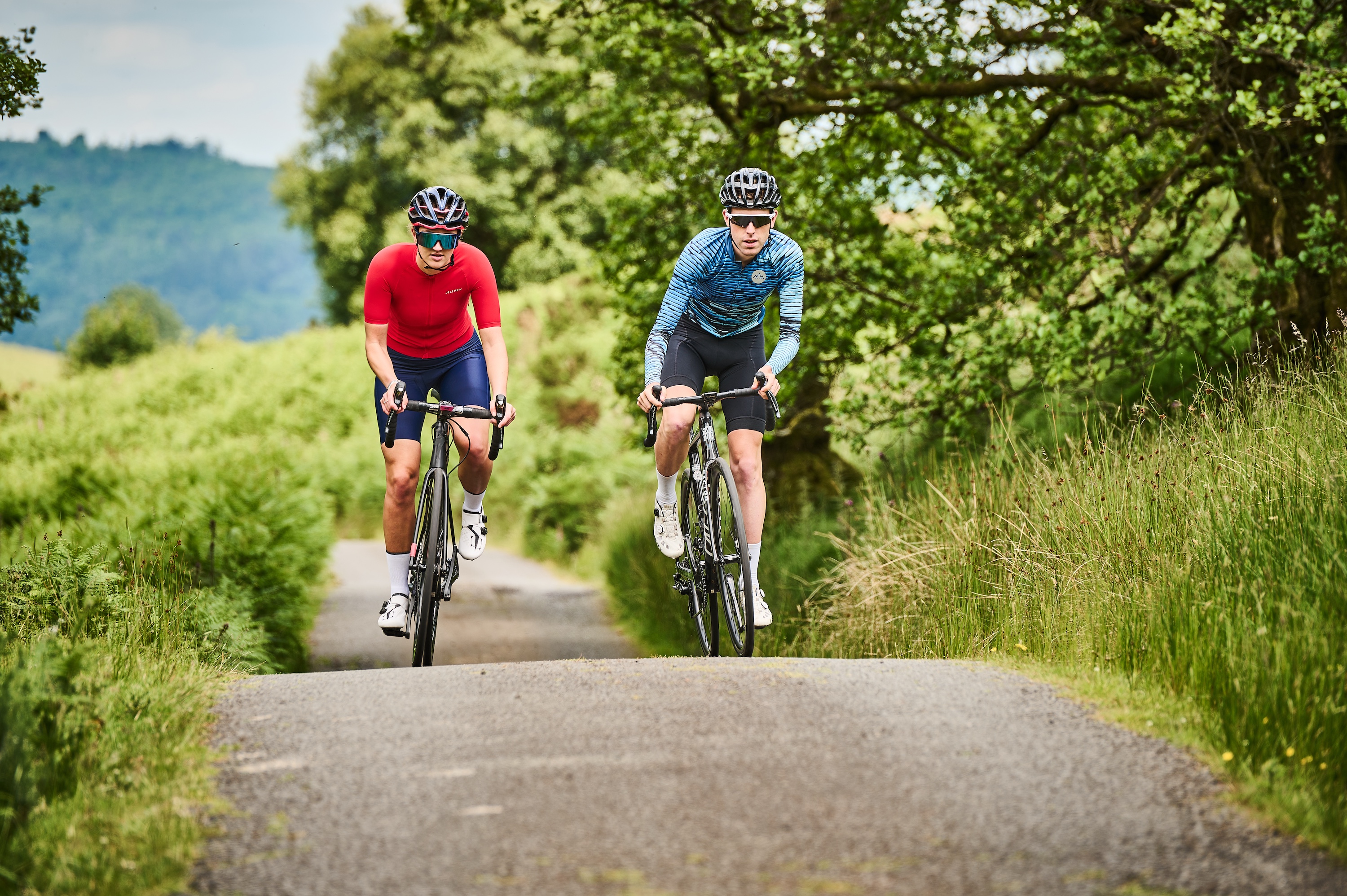
"The meals at home are nutrition," says Mooney, "and the food on the bike is fuel." What is her fuel of choice for on the bike? "You can carry a few little croissants and sandwiches, but keep it simple. Jam, butter, ham, it doesn't matter – you just want simple food that you know works for you. A banana is just a gel in a skin – it's about 30g of carbohydrate. Any chocolate bar will do – as long as it doesn't melt, and holds form in your pocket." Mooney takes a similar stance on pre-made cereal bars: "Find a bar that works for you. Any bar will do, any kind of muesli bar," she says.
Mooney makes reference to her husband Joe Barr, the veteran Northern Irish ultra-distance racer, former RAAM age category winner and World Ultra Cycling Association champion. In Joe’s multi-day epic rides, Mooney explains, he needs energy delivered at a slower and very sustainable rate – 30-40g of carbohydrate per hour, compared to the 60-90g/hr prescribed for high-intensity sessions.
Eating for recovery
Beyond fuelling rides, nutrition also has an impact on the improvements we make afterwards while recovering off the bike. This is an area where 'real' foods are as effective, if not more so, than sports products, although you still need to think about what you're eating. "Recovery starts with how well you fuelled your ride,” says Mooney. “If you're coming in really depleted, in a hole, that's a different recovery from getting home after having fuelled your ride well.”
In either case, "the first thing you want to do is give your body a little bit of easy to access carb and a little bit of protein." Mooney recommends standard, shop-bought 1% fat chocolate milk. "If you can handle dairy, it's brilliant," she says. "It has a three-to-one ratio of carbohydrate to protein." After a hard training ride, Barr downs some chocolate milk, has a shower, then tucks into a simple wholefood meal such as a tuna sandwich.
Bergsløkken is also a fan of wholefood recovery meals: "Instead of a protein shake, egg-fried rice is really simple. You can even pre-cook the rice before your ride, then just fry once you get back. Add the eggs with maybe some onions and peppers and some spinach, and then you have a meal made in five minutes.” It’s not only simple, but nutritionally optimal too. “The carbs are easily absorbed and, made with three or four eggs, you have around 20 grams of protein."
Both of our experts come from different areas of cycle sport, but there is one thing they agree on: the importance of real, whole food meals away from the bike. Neither shies away from recommending ultra-processed options as on-bike fuel, believing that any potentially harmful effects are mitigated by a good off-bike diet.
In the end, fixating on whether to fuel with gels or flapjacks during your ride misses the bigger picture. Both have their place, and neither will make or break your performance on their own. What matters more is the quality of your everyday diet. A nutrient-dense, wholefood approach off the bike has a greater long-term impact on your training, recovery and long-term health than any mid-ride snack ever could.
Ultra-processed – but is it ultra-harmful?
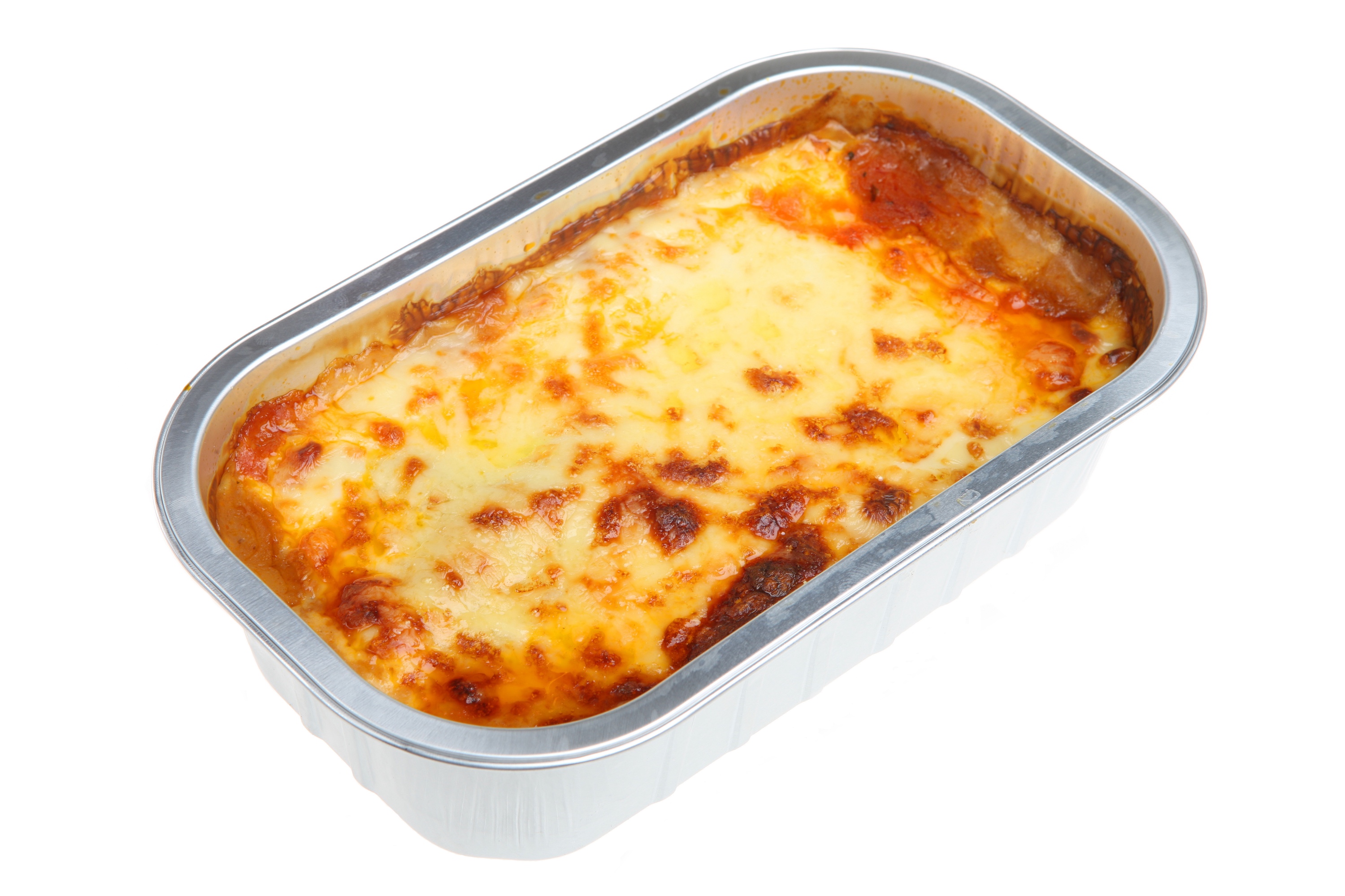
Thanks to high-profile doctors such as Chris Van Tulleken, TV presenter and author of Ultra Processed People, ultra-processed food – UPF – is on more people’s radar than ever before. Research has shown it is seriously implicated in societal health issues, with campaigners calling for tighter regulations and even bans.
The globally recognised Nova food classification defines UPF as follows: "Industrially manufactured food products made up of several ingredients… Processes and ingredients here are designed to create highly profitable, convenient, tasteful alternatives to [less processed foods]."
So which foods are considered UPFs? The usual suspects, biscuits, crisps, ready meals and confectionary, but also some you might not suspect, including supermarket bread and putatively healthy fat-free flavoured yoghurts. In South America, Chile, Brazil and Colombia have all moved to regulate UPF, with policies including black 'Stop' octagons on food packaging, taxation and bans in schools – the latter followed by Spain too.
A key argument against UPF is that it is highly engineered, from packaging to flavour to 'mouth feel', to be moreish – essentially, making it easy to ingest far more calories than you might if eating whole foods. More overeating means more profits for UPF makers. The safety of some ingredients is also being called into question.
A study by Naimi, Viennois, Gewirtz et al in the journal Microbiome demonstrated that some emulsifiers – an ingredient found widely in ultra-processed foods including low-fat yoghurts and bread, can adversely affect the all-important gut microbiome. The hazards of UPF are still being grappled with, and we can expect it to climb to the top of the health agenda in the coming years.
DIY energy drink
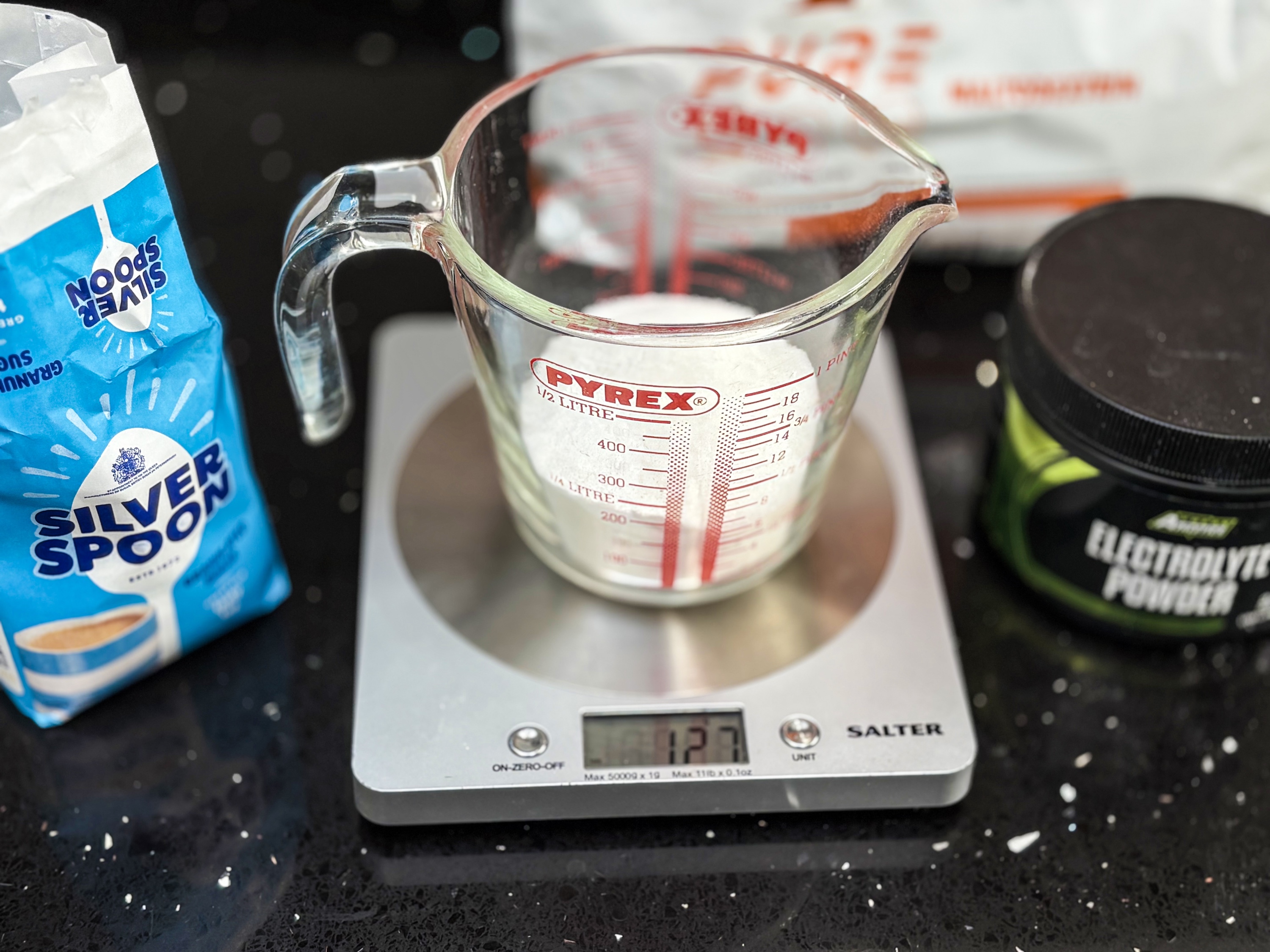
Want to save the pennies? Fuel like the tightest northerner at CW…
If you like the idea of the efficiency of dedicated sports fuel but are put off by the expense, you could try making your own – the preferred approach of CW’s group art editor Daniel Baines. He regularly rides long distances, both on and off-road, and makes his own drinks using maltodextrin and table sugar.
"I wouldn't say I'm an expert on this – it's more about me being too tight to splash out on energy drink," Dan jokes. "I bought maltodextrin at £8 for 2kg, which I mix 50/50 with table sugar and then add some electrolyte mix – hot water makes it mix well – then I'll add some squash to flavour it."
Dan finds this combination of sugars easier on his gut than the maltodextrin and fructose mix usually found in sports drinks. One of the advantages of making your own energy drink recipe is that you can adjust it to suit the distance or intensity you plan to ride. "I try to plan for intensity, and weigh it out," Dan says. "I know I can put up with about 90 grams per hour, but I rarely ride at this intensity now – 50 grams an hour is more suitable for my longer, steadier rides.” He adds: "If I know there are water replenishment places, I’ll take a bottle of really concentrated mix, which I then divide with a full bottle of water. I can get about 300 grams in a 500ml bottle, which lasts about six hours.”
His verdict on taking the DIY route? "It just makes sense financially. For any 'A' races I'll use a commercially made sports drink, just for peace of mind. But for a four-hour Sunday ride pottering along, I don't need to spend a fortune."
After cutting his teeth on local and national newspapers, James began at Cycling Weekly as a sub-editor in 2000 when the current office was literally all fields.
Eventually becoming chief sub-editor, in 2016 he switched to the job of full-time writer, and covers news, racing and features.
He has worked at a variety of races, from the Classics to the Giro d'Italia – and this year will be his seventh Tour de France.
A lifelong cyclist and cycling fan, James's racing days (and most of his fitness) are now behind him. But he still rides regularly, both on the road and on the gravelly stuff.
You must confirm your public display name before commenting
Please logout and then login again, you will then be prompted to enter your display name.